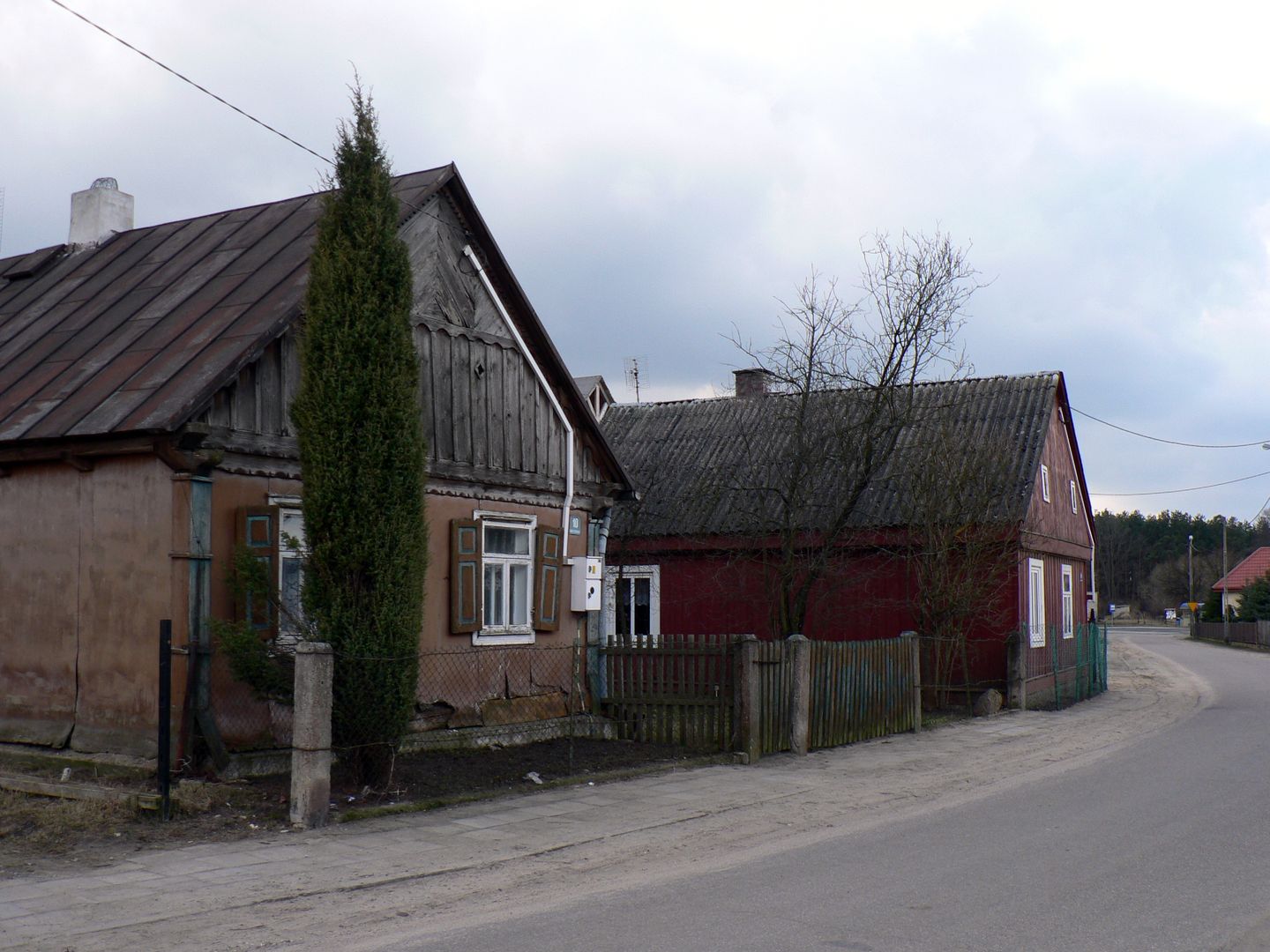Lipniki
6.64

Overview
Lipniki is a village in the Masovian Voivodeship, in Ostrołęka County, within the administrative district of Gmina Łyse. It is known for its rich deposits of natural resources such as clay, stone, peat, and amber. The history of Lipniki dates back to the 16th century when it was founded by Wiśniewski, a nobleman fleeing persecution. In the 18th century, the village became the seat of a privileged administrative district, and by the end of the 19th century, it had an elementary school.
The sacral architecture is particularly noteworthy, including the parish church complex dedicated to the Sacred Heart of Jesus, built in the Neo-Baroque style between 1837 and 1843, and a cemetery chapel from the second half of the 19th century. The village was also known for its folk sculpture, with renowned sculptors such as Bolesław Polak and Konstanty Chrostek contributing to the richness of the local culture.
During World War II, Lipniki underwent significant changes as its inhabitants, including Jews, fled from the German occupation. After the war, the village was rebuilt, and new institutions emerged, such as the Millennium Memorial School, along with various commercial activities. Interestingly, the village was known for its folk crafts, and its residents were involved in cattle breeding and milk production. Over time, however, more and more people found employment in other sectors.
In the 1960s, the inhabitants began to revive traditional craftsmanship, and the quality of life improved significantly, which influenced the character of the village. Today, despite losing some of its population due to emigration, Lipniki remains an important point on the regional map.
Location
2025 Wizytor | All Rights Reserved